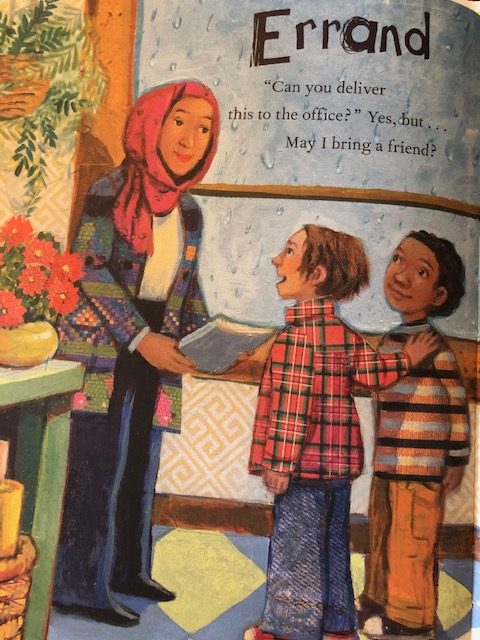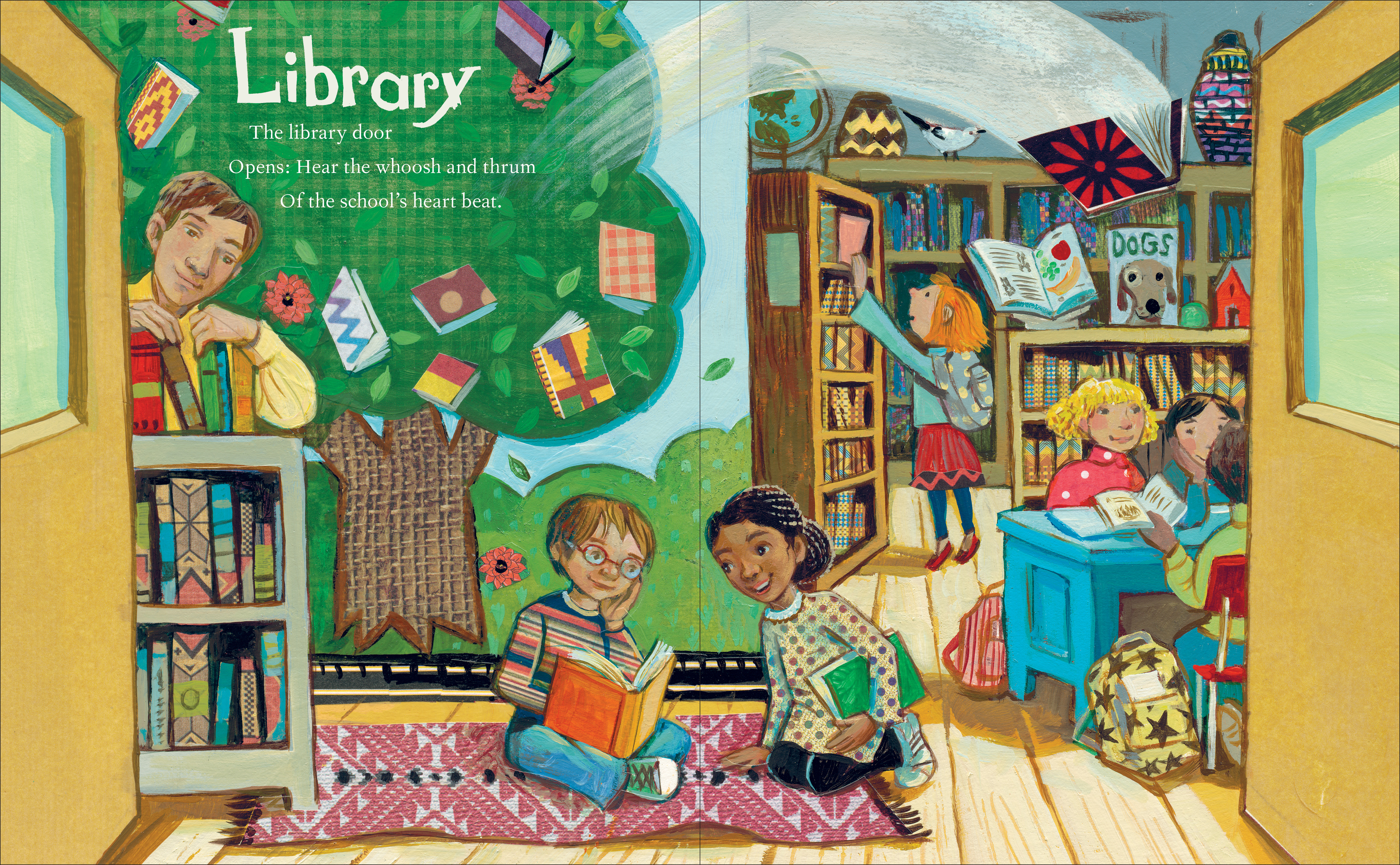–
“James Preller pays tribute
to all the big feelings
that bubble to the surface when
a new school year begins.”
–
I was delighted to come across this article in The Virginian-Pilot. My thanks to Caroline Luzzatto for the kind words and excellent recommendations. I’m looking forward to reading the other two books mentioned, especially The Word for Friend by Aidan Cassie. Esperanto, anyone? Good luck with your books, Selina and Aidan!
As a strange school year comes to a strange end, it’s easy to see the long summer ahead as a welcome break from worksheet packets or Zoom class meetings. But it’s a bittersweet feeling for so many students — including my own, who said, as we met for the last time, that they missed school and were looking forward to returning to class in a way they never had before. June seems like an odd time to page through a stack of back-to-school books — but they are landing in bookstores this month, in anticipation of a summer filled with longing and a fall that children and parents alike hope is full of promise.
–
–
“All Welcome Here” by James Preller, illustrated by Mary GrandPre.(Ages 4 to 7. Feiwel & Friends. $18.99.) In haiku form, James Preller pays tribute to all the big feelings that bubble to the surface when a new school year begins, from “all the bright new things” in the backpack to the end of the day, when “One question remains: ‘May we/ come back tomorrow?’ ” Mary GrandPre’s exuberant mixed-media illustrations show a diverse group of students at desks, rugs and library bookshelves, in a school that welcomes them as they ponder lunch, recess, name tags, and belonging: “At every desk,/A chair with tennis-ball feet,/A place just for you.”
“One Golden Rule at School: A Counting Book” by Selina Alko. (Ages 2 to 6. Henry Holt and Co. $17.99.) Selina Alko’s dynamic mixed-media illustrations give young readers so much to look at in this warm and welcoming book that offers not just a chance to count but also a message of community. The book counts up through the beginning of the day, then back down as the school day ends, offering a reassuring look at “ONE great day at school,” complete with “ONE golden rule” that encourages students to treat others as they wish to be treated.
–
–
“The Word for Friend” by Aidan Cassie. (Ages 4 to 8. Farrar, Straus and Giroux. $18.99.) Kemala is a high-spirited, talkative newcomer (and, incidentally, an adorable pangolin) ready to find her way when she comes to a new country with her mother. She gazes out the window: “Somewhere in her new town was her new school. It was filled with new friends.” And perhaps it is — but Kemala, unable to speak her classmates’ language, doesn’t know how to connect with them. Mortified by her future friends’ reaction to her own language, she curls into an armored ball (as pangolins do). But Kemala is too bold and energetic to be discouraged for long — and using the universal language of play, she finds one friend, and then many. Cassie’s tale is encouraging and warm, offering a peek inside the mind of a language-learner who doesn’t yet have the words to express herself. (An extra bonus for language fans: To make the experience universal, rather than particular to any country, the new language Kemala is learning is Esperanto, which is discussed in an endnote.)











